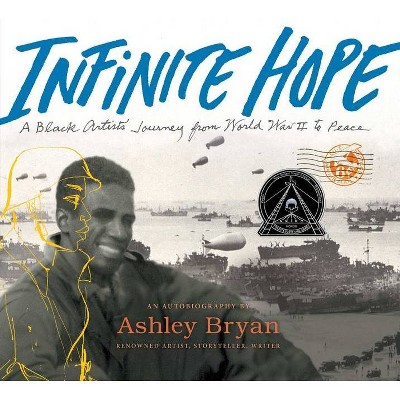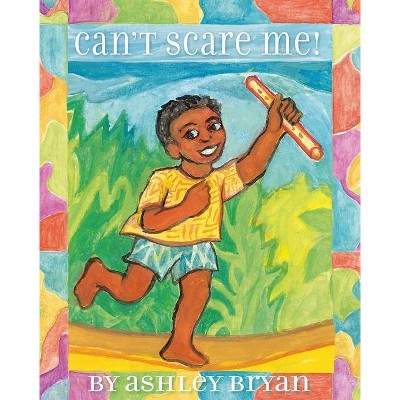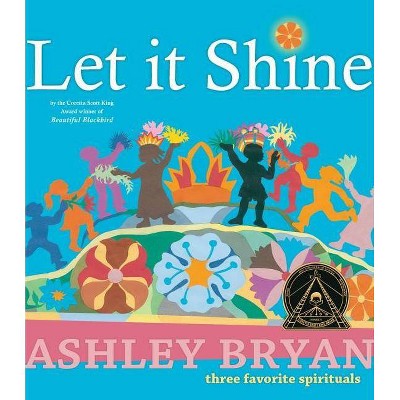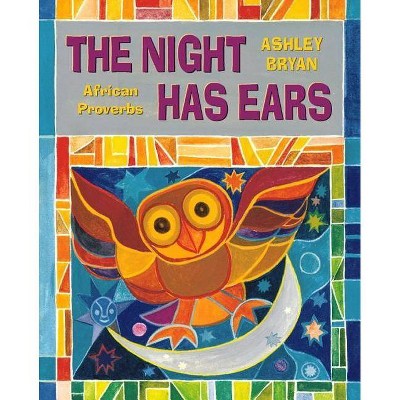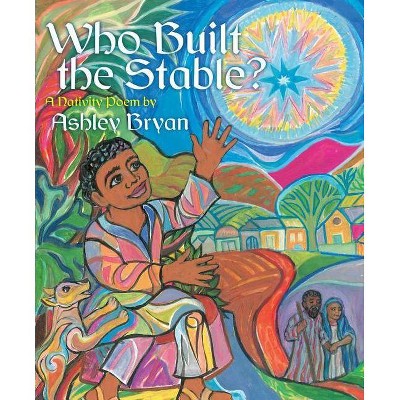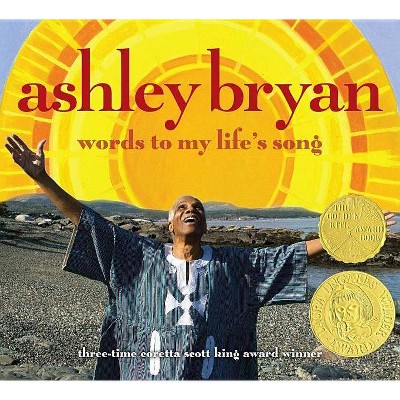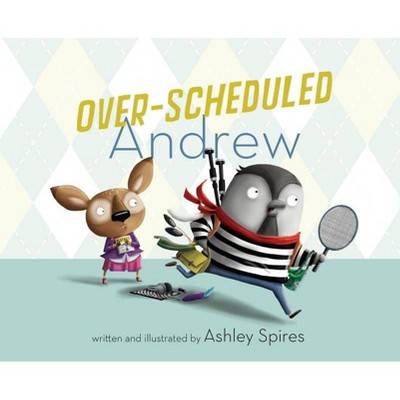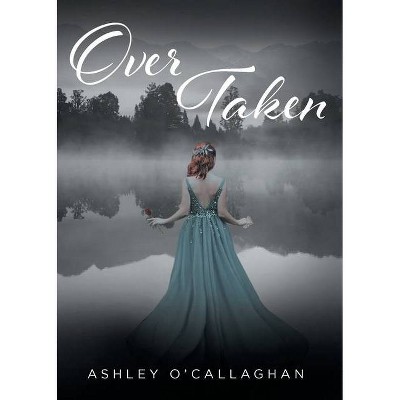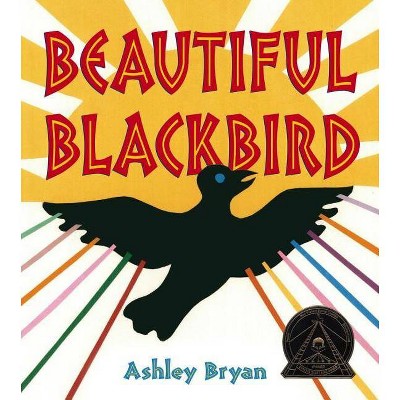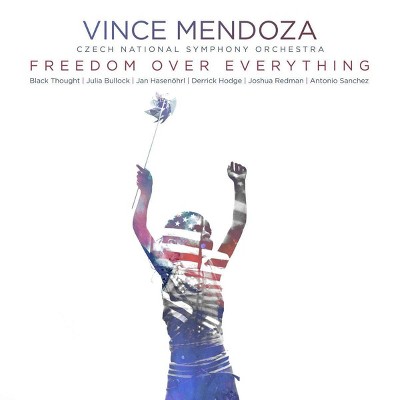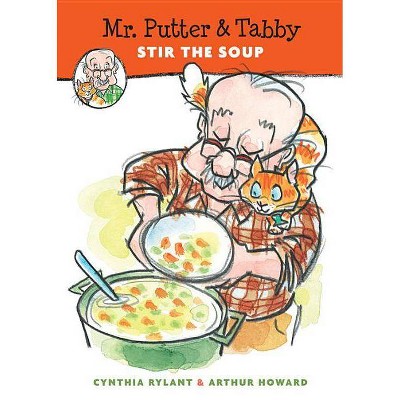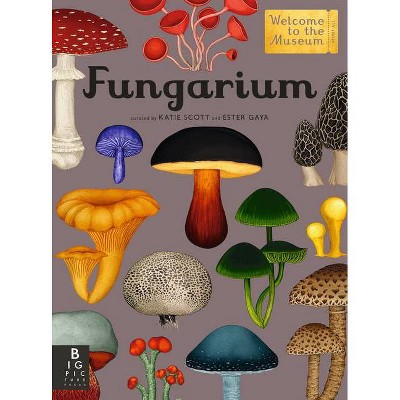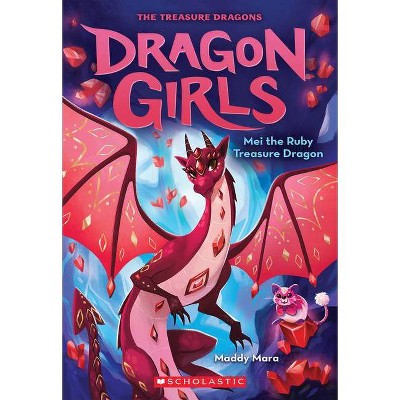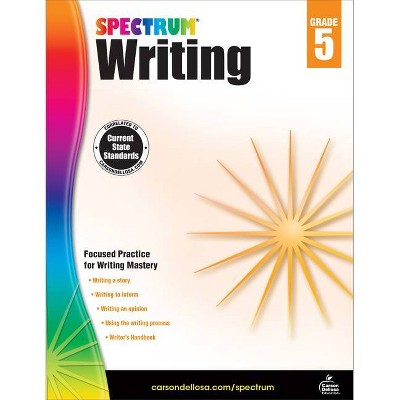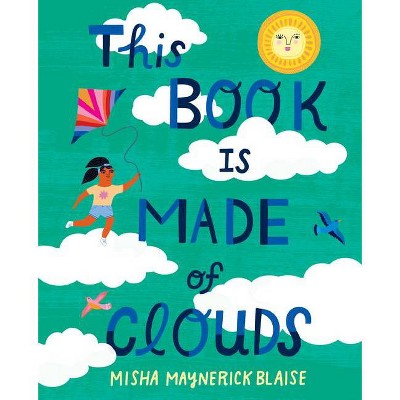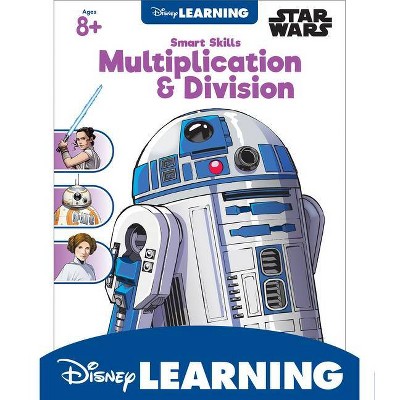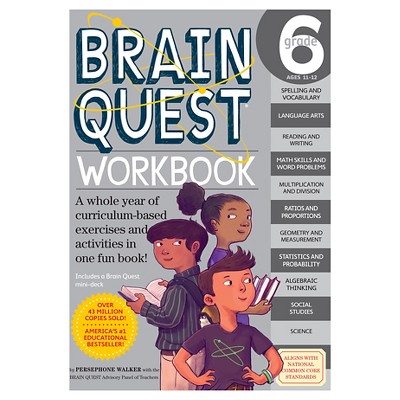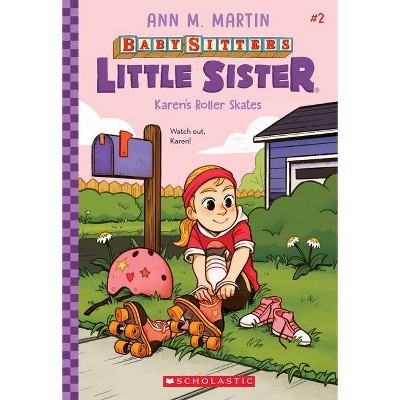Freedom Over Me - by Ashley Bryan (Hardcover)
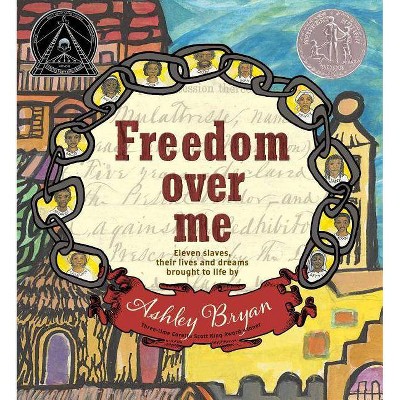
Similar Products
Products of same category from the store
AllProduct info
<p/><br></br><p><b> About the Book </b></p></br></br>"Using original slave auction and plantation estate documents, contrasts the monetary value of a slave with the priceless value of life experiences and dreams that a slave owner could never take away"--<p/><br></br><p><b> Book Synopsis </b></p></br></br><b>Newbery Honor Book<br> Coretta Scott King Author Honor Book<br> Coretta Scott King Illustrator Honor Book</b> <p/><b>Using original slave auction and plantation estate documents, Ashley Bryan offers a moving and powerful picture book that contrasts the monetary value of a person with the priceless value of life experiences and dreams that a slave owner could never take away.</b> <p/>Imagine being looked up and down and being valued as less than chair. Less than an ox. Less than a dress. Maybe about the same as...a lantern. <p/>This gentle yet deeply powerful way goes to the heart of how a slave is given a monetary value by the slave owner, tempering this with the one thing that <i>can't</i> be bought or sold: dreams. Inspired by the actual will of a plantation owner that lists the worth of each and every one of his "workers," the author has created collages around that document, and others like it. <p/>Through fierce paintings and expansive poetry, he imagines and interprets each person's life on the plantation, as well as the life their owner knew nothing about--their dreams and pride in knowing that they were worth far more than an overseer or madam ever would guess. Visually epic, and never before done, this stunning picture book is unlike anything you've seen.<p/><br></br><p><b> Review Quotes </b></p></br></br><br>A historical document dated July 5, 1828, lists the property to be sold from the Fairchilds' estate. Hogs. Cattle. A handmill. Men. Women. Children. While no information beyond the gender and name--and price--of each of the eleven<br> enslaved people is noted in the appraisal of the estate, Bryan lovingly restores their humanity and dignity, giving them ages, true African names, relationships, talents, hopes, and dreams. Here is the account of eleven human beings, all of whom are aware of what they contribute to the Fairchilds plantation and, more importantly, what they would like to contribute to the world. Each slave is afforded two double-page spreads of poetry: the first spread serves as his or her introduction; the second is devoted to his or her dreams. We meet Peggy, the Fairchilds' cook, who is praised by the Fairchilds for the spices she adds to meals at the Big House. In "Peggy Dreams," she remembers her life in Africa and reveals that she's proud of her ability to heal injured fellow slaves through her work with roots and<br> herbs. Bacus is known for his metalwork in fencing the Big House, but his dream admits that the pounding of the metal is "an outlet for anger, for rage...a blow for justice...a cry for respect." Bryan's art is just as intentional. Facsimiles of the historical document serve as background for each slave's introduction page, portraits of their faces taking precedence as they gaze out at the reader. The portraits are etched in a manner similar to wood carvings, suggesting the mask each slave wears for day-to-day life on the plantation. In contrast to the dry, parchment-like tones<br> of the introductions, the dream spreads are in gloriously brilliant colors, as bold as the aspirations of the individuals themselves.--Horn Book Magazine *Starred Review* "November/December 2016"<br><br>Bryan gives voices to the voiceless and presents the dreams of slaves who went to the grave without living them.Using historical slave documents from the 1820s to the 1860s, Bryan brings to life 11 slaves who once belonged to Cado Fairchilds. When Fairchilds dies, his British-born wife decides to sell off the slaves and move back to England. Each of the 11 is given two double-page spreads to speak in. Accompanied by a free-verse first-person narrative, an illustration of each slave's portrait appears in a varied palette of warm browns against a backdrop of documents related to historical slave sales. On the page adjacent to this illustration, the slave tells of the special skill he or she possesses that enriches the Fairchilds plantation. But on the following two pages, that same person explains what he or she dreams of doing with that talent. In contrast to the dull initial portrait, the second set of pages for each slave appears in full color and shows the speaker fully immersed in a caring community. The speakers' talents include carpentry, music, sewing, cooking, and more. After including the price under each slave's picture, Bryan offers a final tally for the completed sale, humans, livestock, and goods: $3,476.05. Bryan makes real and palpable what chattel slavery meant and how it affected those who were enslaved; every child who studies American slavery would benefit from experiencing this historically grounded web of narratives. (author's note) (Picture book/poetry. 6-10) --Kirkus, STARRED REVIEW "7/15/16"<br><br>In 1828, Mrs. Mary Fairchilds, now widowed, tired of life in America and decided to return home to Britain, which means selling her American estate--including eleven slaves. Each of those slaves is given voice by Bryan, with two free-verse poems apiece; one focusing on the speaker's life and another on the speaker's dreams. The poems focus on the subjects' strong ties to their African heritage (most are charac- terized as first generation slaves who themselves traveled the middle passage), the meaning they find in the human connections they've made and their skilled work, and on the economic value that work brings to their owner. Those verses operate in stark, even shocking contrast to the portraits captioned with each subject's sale price as well as name and age. The portraits, created with heavy use of black line for shaping that gives the carved detail of wood sculpture, are eloquent and individual; they gain even more power from another layer of irony as collage backgrounds of legal paperwork and newspaper items about slave ownership and auctions contrast the slaves' humanly rich lives with the cruelly summary discourse. Like McKissack's <i>Never Forgotten </i>(BCCB 11/11), this is a story that links enslaved people to their African past and their accomplished workmanship, and it's a high-impact treatment in a compact and accessible format that may inspire creative works in response as well as reflective discussion. End matter includes an author's note about Bryan's intentions and his historical collection of slavery-related documents and adds information about the spiritual from which the title is drawn. --Bulletin of the Center for Children's Books "October 2016"<br><br>Inspired by a document appraising the value of 11 enslaved people (along with livestock and cotton) in an estate for sale in the antebellum South, this exceptional book presents the imagined faces and voices of individuals whose society, against all reason, regarded them as less than human. Each person appears in a four-page section, opening with a page of free-verse text opposite a riveting head-and-shoulders portrait with a grim collage background of slavery-related documents. A banner reveals the person's appraised value, master-imposed slave name, and age. In the text, these individuals introduce themselves, their roles on the estate, and the skills (cooking, blacksmithing, sewing) they take pride in. On the second doublepage spread, a verse text offers more personal reflections on their African roots, their love of family, and their dreams, while a more detailed, colorful painting expresses their heritage, their strength, and their rich inner lives. Their humanity shines through, showing the tragedy of their status and the gross absurdity of assigning prices to people. Longing for freedom is a constant theme, made all the more poignant by the appraisal document's date: 1828, decades before emancipation. Clean and spare, the verse brings the characters to life, while in the radiant artwork, their spirits soar. Rooted in history, this powerful, imaginative book honors those who endured slavery in America. -- Carolyn Phelan--Booklist, STARRED REVIEW "August 1, 2016"<br><br>Using a document from 1828 that lists the value of a U.S. landowner's 11 slaves, Bryan (<i>Sail Away</i>) creates distinct personalities and voices for each, painting their portraits and imagining their dreams. He starts with the wife of the slave owner, who felt her husband was good to their slaves ("He never hired an overseer"). But it's quickly clear that "good" slave ownership is an oxymoron: "I work hard--all profit to the estate," their cook Peggy observes. Bryan shows that the enslaved had secret lives of their own: "Years ago blacksmith Bacus and I/ 'jumped the broom'--/ the slave custom for marriage. No legal form for slaves." They cherish their traditions, call each other by their African names ("I am Bisa, 'Greatly Loved' "), dream of escape, and long for freedom. His portraits show the men, women, and children gazing out at readers, the contours of their faces traced as if carved from wood, while strong rhythmic outlines mimic stained glass, echoing the sense of sacred memory. There are few first-person accounts of slaves, and these imagined words will strike a chord with even the youngest readers. Ages 6-10.Using a document from 1828 that lists the value of a U.S. landowner's 11 slaves, Bryan (<i>Sail Away</i>) creates distinct personalities and voices for each, painting their portraits and imagining their dreams. He starts with the wife of the slave owner, who felt her husband was good to their slaves ("He never hired an overseer"). But it's quickly clear that "good" slave ownership is an oxymoron: "I work hard--all profit to the estate," their cook Peggy observes. Bryan shows that the enslaved had secret lives of their own: "Years ago blacksmith Bacus and I/ 'jumped the broom'--/ the slave custom for marriage. No legal form for slaves." They cherish their traditions, call each other by their African names ("I am Bisa, 'Greatly Loved' "), dream of escape, and long for freedom. His portraits show the men, women, and children gazing out at readers, the contours of their faces traced as if carved from wood, while strong rhythmic outlines mimic stained glass, echoing the sense of sacred memory. There are few first-person accounts of slaves, and these imagined words will strike a chord with even the youngest readers. --Publishers Weekly *STARRED* "July 4, 2016"<br>
Price History
Price Archive shows prices from various stores, lets you see history and find the cheapest. There is no actual sale on the website. For all support, inquiry and suggestion messagescommunication@pricearchive.us
